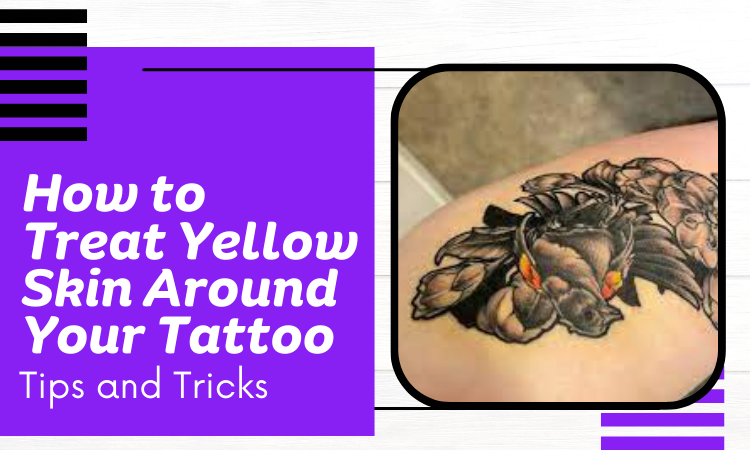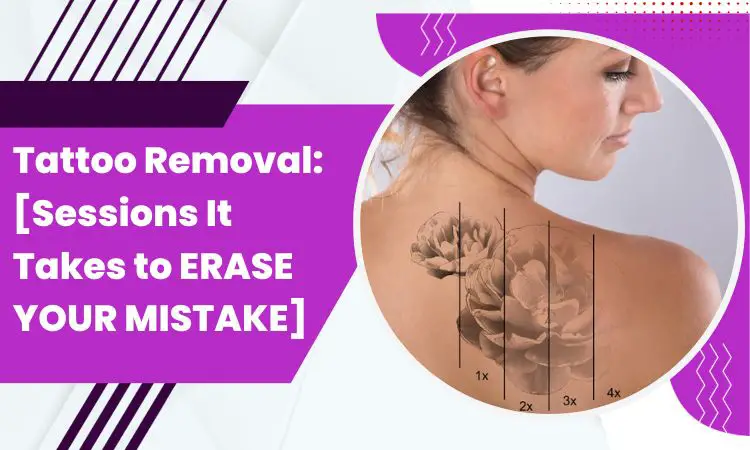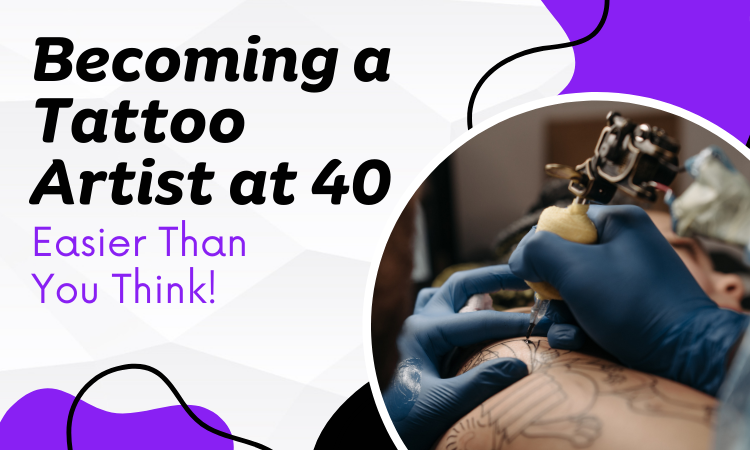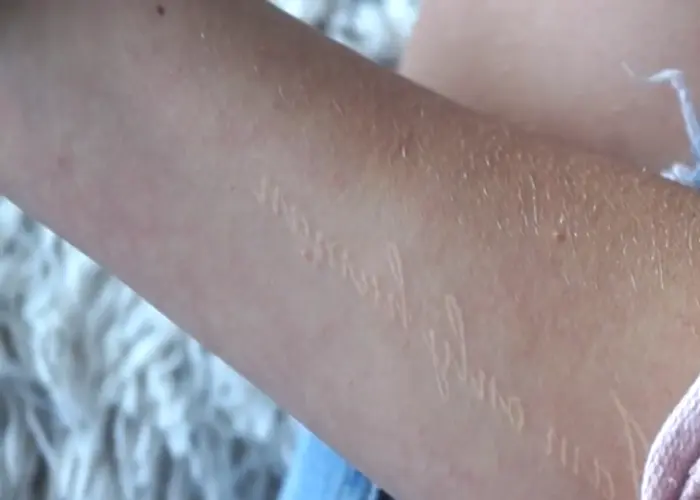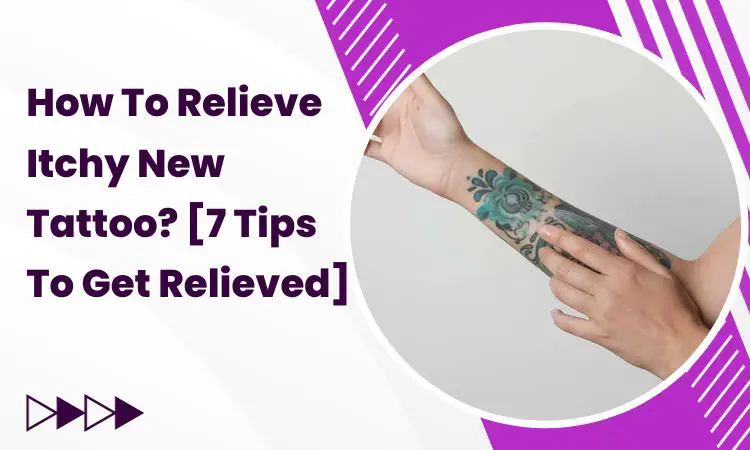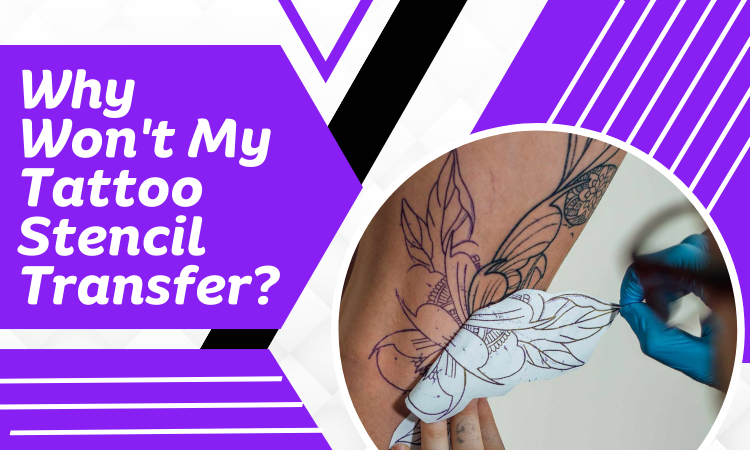How to Treat yellow Skin Around Tattoo: Tips and Tricks
I’m sorry to hear that you are experiencing yellow skin around your tattoo. This can be a concerning issue and it’s important to take steps to address it as soon as possible.
So, why do you have yellow skin around tattoo?
Yellow skin around the tattoo can be caused by a healing bruise and yellow fluid discharge due to infection. It can also happen due to ink getting mixed up with the plasma or the lymphatic fluid. The reason should be quickly diagnosed and treated.
In this article I will lay out 3 potential reasons and how to treat them. Hopefully this can help reduce, if not completely remove, the yellowness of the skin around the tattoo.
Why Do I Have Yellow Skin Around My Tattoo: A Brief Overview
| Potential reasons | Additional symptoms | Treatment |
| A healing bruise | 1. Painful to touch 2. Changing color | 1. Ice Compression 2. Elevation 3. Rest |
| Yellow fluid discharge due to infection | 1. A fever of around 102 F 2. Extreme thirst 3. Nausea 4. Vomiting 5. Diarrhea 6. Extreme fatigue 7. Body weakness | 1. topical antibiotic creams or ointments 2. oral antibiotics or IV antibiotics if necessary |
| Ink got mixed with plasma or lymphatic fluid | – | No treatment necessary |
Why Do I Have Yellow Skin Around My Tattoo?
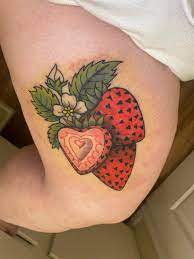
Yellowness on the skin around the tattoo can have multiple reasons. So if If you want to get CPS tatto instead, we have covered that as well.
A Healing Bruise:
Yellow colored skin around a new tattoo can be a sign of a healing bruise. Getting a bruise when getting your tattoo done is normal. It is simply the skin’s response to the trauma faced when drawing the tattoo.
Cause:
Bruises can sometimes occur when drawing a new tattoo on the skin. It happens due to the trauma the skin at that area is subject to when penetrated by needles of the tattoo machine. The needles pump in and out about a thousand times per minute.
Each time the needle goes into your skin it bursts tiny veins just underneath the surface. This is also what causes the bleeding during the tattooing process. Although the bleeding stops at the surface when you get the tattoo, the bleeding continues underneath the skin.
The bleeding below the skin causes the blood to pool with very small pockets of blood underneath the skin. Eventually the blood within these pools will flow up towards the surface and get absorbed by the body. You will notice this blood in the form of a bruise.
Taking blood thinning medication before getting a tattoo will also increase the likelihood of getting a bruise. Other medications, such as aspirin, can also decrease blood clotting and cause the blood to leak and pool.
Additional Symptoms:
Aside from the yellowing of the skin you will see some additional symptoms. This may include:
- The yellow area will be painful to touch
- The color of the skin will change over time. They can range in color from a bright yellow color to dark blue. They can even become brown or black.
Treatment:
1. Ice compression:
Do ice compression at that spot. Putting ice at the bruised up spot will reduce blood flow in that area. This will reduce the amount of blood being pooled up.
However, do not put ice at a newly tattooed spot directly as that area will still be too sensitive. Put ice on a damp towel instead. Then press the towel on the yellowing skin gently for a few minutes.
2. Elevation of the bruised spot:
Another treatment you could do to reduce the bruising is to elevate the tattooed spot from the heart. If the tattoo is at a leg then lie down for sometime while keeping the leg raised up.
You can easily achieve this by putting the leg on top of a couple of pillows. You could also try keeping the legs at this position when you are sleeping to reduce bruising.
3. Rest:
Resting will also reduce bruising. If you are too active the body will have a hard time healing the damaged spot. So lie down and rest for some time to increase the heaping ability of your body. Furthermore, avoid any extreme exercise to reduce the heart rate. Having a lowered heart rate will reduce the blood flow in your body and thus reduce the bruising.
Yellow Fluid Discharge Due to Infection:
Cause:
The yellowing of the skin around the tattoo may also be the result of a yellow fluid discharge at that spot. The part of the skin where you get the tattoo gets badly damaged. It is due to the needle pumping in and out of that location repeatedly about a thousand times per minute.
The damaged skin near the tattoo can ooze out a thick white, yellow or green colored fluid. It is a sign of a skin infection at the tattoo area. This is different from the thin and transparent blood plasma that usually leaks out when getting a tattoo.
Additional Symptom:
If you have a skin infection from getting a tattoo you will witness some symptoms. These symptoms include:
- A fever of 38.8 °C / 102 °F
- Extreme thirst
- Nausea
- Vomiting
- Diarrhea
- Extreme fatigue
- Body weakness
Treatment:
If you have a tattoo infection you should go to a dermatologist immediately and seek help. A tattoo infection is usually treated by antibiotics. Some common treatments of tattoo infection include:
- Applying topical antibiotic creams and ointments to the infected spot.
- Taking oral antibiotics if necessary
- Taking IV antibiotics for more severe cases
You should not take antibiotics without consulting a doctor. Only take antibiotics if the doctor tells you to.
Ink Got Mixed with Plasma or Lymphatic Fluid:
Cause:
Sometimes when getting a tattoo the ink gets mixed up with the blood plasma or lymphatic fluid. This is a common occurance and should not be a cause for concern.
Additional Symptoms:
There are no additional symptoms other than yellowing of the skin. There is generally no pain caused by this.
Treatment:
If the yellowness of the skin around the tattoo is caused by ink getting mixed up with plasma or lymphatic fluid don’t worry. The yellow color of the skin will soon fade away by itself.
What To Do to Avoid Yellow Skin around My Tattoo?
To avoid yellow skin around the tattoo take these steps when getting the tattoo:
- Hire a tattoo artist who is not heavy handed with the tattoo machine. If the tattoo is drawn carefully and patiently the chances of you getting a tattoo will be greatly reduced.
- Avoid blood thinning medication before a new tattoo.
- Do not take medicine that reduces blood clotting such as aspirin before getting a tattoo.
- Use new sterile needles for making the tattoo.
- Sterilize the skin before making the tattoo.
- Get your tattoo done in reputable tattoo facilities.
Frequently Asked Questions (FAQs):
How do you know if your tattoo is rejecting?
You will know if your tattoo is rejecting if you have a rash or bumps in the tattoo spot. Besides these you will also get flaking and a scaly appearance with purple or red nodules around the tattoo.
Do tattoos discolor while healing?
Yes, tattoos discolor while healing. A tattoo is very bright when it is initially made but will start to fade as the tattoo area starts healing. But after the area gets healed the tattoo will regain some of its colors.
What are the signs of an allergic reaction to a tattoo?
Signs of an allergic reaction to a tattoo include redness, swelling , an intense itch, pain and tiny bumps. You may also get raised skin with a scaly appearance. You may get blisters and lose skin color at the spot. Scarring is another potential symptom.
Conclusion
I hope now you know all there is to know about yellow skin around the tattoo. Having the skin around the tattoo turn yellow can cause a lot of distress to you. I expect that following the instructions here helped stop the skin around your tattoo from turning yellow. Try to follow the preventive steps mentioned here so that your skin does not turn yellow the next time you get a tattoo.
That is all for today. Thank you and Goodbye!
